Home>Garden Essentials>What Does Lawn Care Include
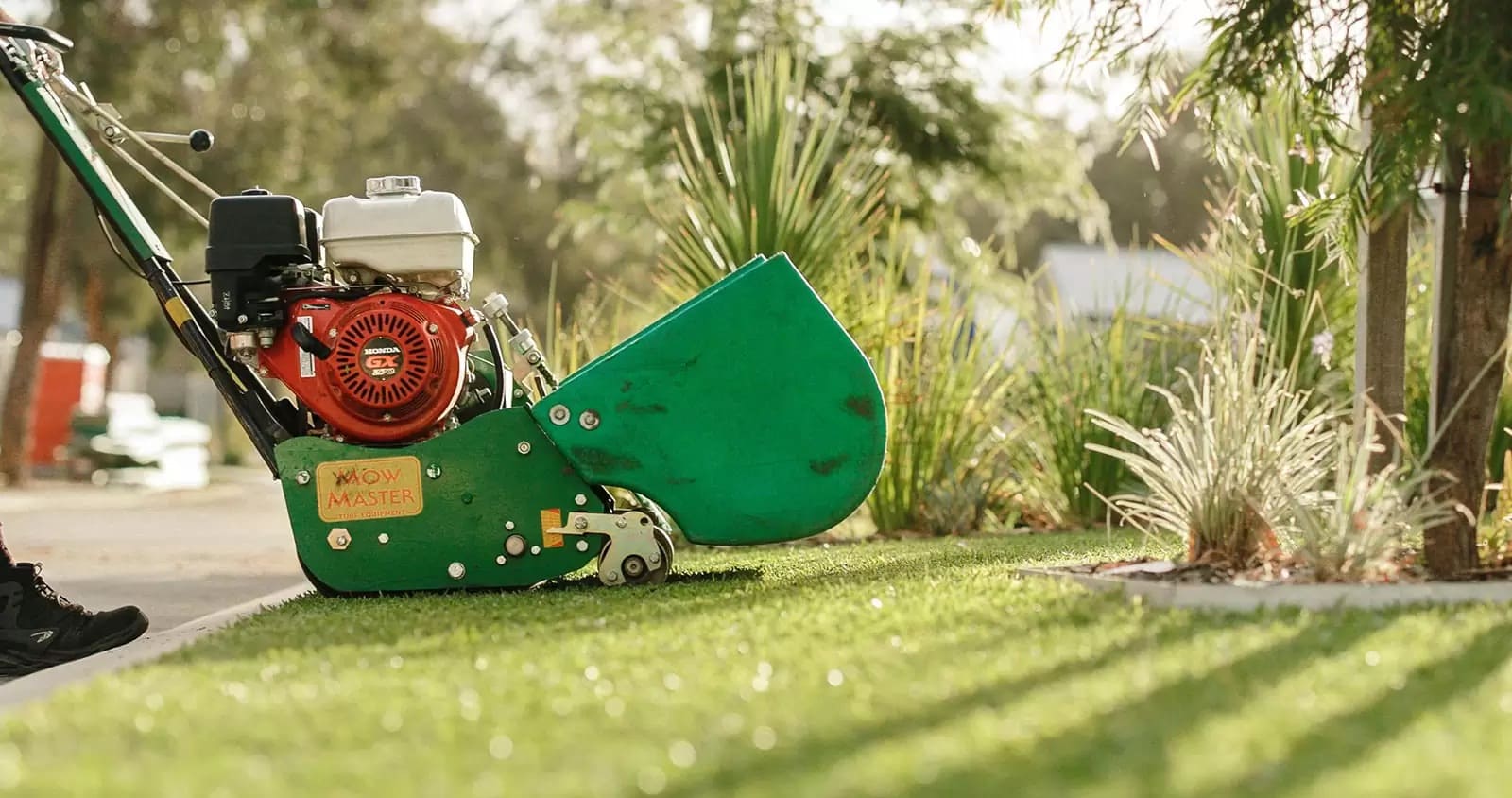

Garden Essentials
What Does Lawn Care Include
Modified: March 7, 2024
Looking for professional lawn care services? Our garden experts provide comprehensive services including mowing, fertilizing, weed control, and more. Contact us for a lush, healthy garden today!
(Many of the links in this article redirect to a specific reviewed product. Your purchase of these products through affiliate links helps to generate commission for Storables.com, at no extra cost. Learn more)
Introduction
Gardening and maintaining a vibrant and visually appealing lawn requires time, effort, and know-how. Effective lawn care involves a range of tasks and practices aimed at promoting the health and beauty of your outdoor space. From mowing to fertilizing, weed control to pest management, each aspect plays a crucial role in nurturing lush green grass and thriving plants.
In this article, we will delve into the various components of lawn care, exploring the essential practices that ensure a well-maintained and visually appealing garden. Whether you are an avid gardener or a beginner looking to enhance your outdoor space, this comprehensive guide will provide invaluable insights into the key elements of successful lawn care.
So, let’s embark on this journey to discover the secrets of maintaining a healthy, vibrant, and beautiful lawn.
Key Takeaways:
- Regular mowing, proper watering, and timely fertilization are essential for a healthy, lush lawn. Weed control and pest management also play crucial roles in maintaining a vibrant outdoor space.
- Seasonal cleanup and leaf removal are important for keeping your garden tidy and promoting healthy plant growth. Trimming and pruning help shape and maintain the structural integrity of trees and shrubs.
Read more: What Does A Play Area Include
Mowing
Mowing is one of the fundamental tasks in lawn care that helps to achieve a well-manicured appearance and keep the grass healthy. Regular and proper mowing not only enhances the aesthetic appeal of your lawn but also encourages the growth of dense, lush grass.
When it comes to mowing, there are a few key considerations to keep in mind. Firstly, it is important to set the mower blade at the correct height. The optimum mowing height varies depending on the type of grass you have in your lawn. For cool-season grasses, a mowing height of around 2.5-3.5 inches is generally recommended, while warm-season grasses can be mowed shorter, between 1.5-2.5 inches. Mowing at the right height ensures that the grass can absorb sunlight effectively and promotes healthy root development.
Additionally, it is crucial to avoid cutting more than one-third of the grass leaf blades at a time. Cutting too much at once can stress the grass and weaken its overall health. Regular mowing, typically once a week during the growing season, helps maintain the desired length and prevents the grass from becoming too tall and unkempt.
Another important aspect of mowing is to ensure that the mower blades are sharp. Dull blades tear the grass instead of cutting it cleanly, leading to a frayed appearance and leaving the lawn vulnerable to diseases. Sharpening the blades regularly ensures a clean and precise cut, resulting in a well-groomed and healthy lawn.
Lastly, it is advisable to vary the mowing pattern each time you mow. This prevents the grass from developing a lean in one direction and encourages the blades to grow upright. Changing the direction of mowing also helps to prevent soil compaction caused by repeatedly running the mower over the same areas.
By following these mowing best practices, you can maintain a neat and healthy lawn that adds beauty and value to your outdoor space. Regular mowing ensures a lush and uniform appearance, allowing you to enjoy your garden to the fullest.
Watering
Proper watering is essential for maintaining a healthy and vibrant lawn. Water is crucial for the growth and survival of grass and plants, and ensuring that your lawn receives the right amount of water at the right time is key to its overall health.
The first step in effective watering is understanding the watering needs of your specific grass type. Different grasses have different water requirements, so it’s important to research or consult a lawn care professional to determine the appropriate watering schedule for your lawn.
One of the most common mistakes in lawn watering is overwatering. Many homeowners tend to water their lawns excessively, thinking that more water is better. However, overwatering can lead to shallow root growth, nutrient leaching, and the development of fungal diseases. It’s important to strike a balance and provide adequate water without drowning the roots.
A general guideline for watering is to aim for about 1 inch of water per week, either from rain or irrigation. This can be adjusted based on rainfall patterns and the specific needs of your grass. To determine the amount of water your sprinkler or irrigation system provides, you can place a rain gauge or shallow containers around the lawn to measure the water output.
The timing of watering is also crucial. Watering in the early morning, between 4 a.m. and 10 a.m., is typically the best time as it allows the grass blades to dry before evening and prevents the growth of fungal diseases. Watering during the cooler morning hours also minimizes evaporation and ensures that the water reaches the roots effectively.
In terms of irrigation methods, it’s preferable to use a sprinkler system or drip irrigation rather than hand-watering with a hose. These systems provide a more even distribution of water and allow for deeper soil penetration. Irrigating deeply promotes the growth of deeper, stronger roots, making your lawn more resilient to drought conditions.
By following a proper watering routine and avoiding common mistakes such as overwatering or watering at the wrong time, you can ensure that your lawn stays healthy, vibrant, and resilient. Adequate water supply will help your grass and plants flourish, creating a lush and inviting outdoor space for you to enjoy.
Fertilizing
Fertilizing is an important component of lawn care that provides the necessary nutrients for the healthy growth of grass and plants. It replenishes the soil with essential elements that may be depleted over time, ensuring that your lawn remains lush, green, and vibrant.
The key nutrients needed by lawns are nitrogen (N), phosphorus (P), and potassium (K), often referred to as NPK. Nitrogen promotes leaf and stem growth, phosphorus supports root development, and potassium enhances overall plant health and disease resistance.
Before applying fertilizer, it’s essential to test the soil to determine its nutrient levels and specific needs. Soil testing can be done through a laboratory or with a home testing kit. The results will help you determine the appropriate type and amount of fertilizer needed to address any deficiencies.
Fertilizers come in different forms, such as granules, liquid, or slow-release pellets. Granular fertilizers are the most commonly used and can be spread evenly across the lawn using a spreader. It’s important to follow the recommended application rates to avoid overfertilizing, which can burn the grass and harm the environment.
The timing of fertilizer application is crucial for its effectiveness. Generally, it’s best to fertilize cool-season grasses in the fall and spring when they are actively growing. Warm-season grasses benefit from fertilization during late spring and early summer. Applying fertilizer during periods of active growth allows the grass to absorb the nutrients more efficiently.
Another important consideration is watering the lawn after applying fertilizer. This helps to ensure that the fertilizer is dissolved and absorbed by the grass roots. Avoid fertilizing before heavy rainfall or during drought conditions, as excessive water or lack thereof can impact nutrient uptake and lead to waste or damage.
In addition to commercial fertilizers, organic options are also available. Organic fertilizers, such as compost or animal-based fertilizers, provide a slow and steady release of nutrients while improving soil health. They are often preferred by those seeking environmentally-friendly and sustainable lawn care practices.
Regular fertilization, following recommended guidelines and tailored to your specific lawn’s needs, will help maintain a strong and healthy lawn. It promotes vigorous growth, reduces weed infestations, and enhances the overall beauty of your outdoor space.
Weed Control
Weeds are a common and persistent problem in lawns and gardens, competing with grass and plants for nutrients, water, and sunlight. Effective weed control is crucial to maintaining a healthy and visually appealing lawn.
There are several approaches to controlling weeds, including manual removal, herbicides, and preventive measures. Manual weed removal involves physically pulling out weeds, roots and all, from the soil. This method is best suited for small-scale weed problems or when dealing with larger weeds that are difficult to control with herbicides. Be sure to remove weeds before they flower and disperse seeds to prevent further infestation.
Herbicides are chemical weed control options that can be used to target and eliminate weeds. They are available in different formulations, including pre-emergent herbicides, which prevent weed seeds from germinating, and post-emergent herbicides, which target actively growing weeds. When using herbicides, it’s important to follow the instructions carefully and apply them only to the affected areas to minimize harm to desirable plants.
Prevention plays a significant role in weed control. Maintaining a healthy and dense lawn through proper mowing, watering, and fertilizing practices creates a competitive environment for weeds, reducing their ability to take root and thrive. Additionally, regular aeration can help reduce weed problems by improving soil drainage and allowing nutrients to reach the grass roots more effectively.
Mulching is another effective preventive measure. Applying a layer of organic mulch, such as wood chips or straw, around plants and in garden beds helps suppress weed growth by blocking sunlight and providing a barrier for weed seeds to germinate.
Regular inspection and vigilance are essential in weed control. Routinely walk your lawn and garden, keeping an eye out for any signs of weed growth. Early detection and prompt action can prevent weeds from spreading and becoming established.
It’s important to note that controlling weeds is an ongoing process and may require a combination of methods depending on the scale and types of weeds present. Adopting a strategic and holistic approach to weed control will ensure a weed-free lawn and allow your grass and plants to thrive.
Read more: What Does An HVAC Service Include
Aeration
Aeration is a crucial practice in lawn care that helps improve soil structure, root growth, and overall lawn health. Over time, soil can become compacted, making it difficult for air, water, and nutrients to reach the grass roots. Aeration alleviates soil compaction by creating small holes in the soil, allowing for better penetration of essential elements.
There are two primary methods of aeration: core aeration and liquid aeration. Core aeration involves using a machine called a core aerator to remove small plugs or cores of soil from the lawn. This process creates channels for air, water, and nutrients to penetrate deep into the root zone. Liquid aeration, on the other hand, involves applying a liquid product that helps break up compacted soil without physically removing soil cores.
Aeration offers several benefits. Firstly, it improves the movement of air in the soil, preventing the buildup of harmful gases and promoting aerobic microbial activity. This helps break down organic matter and improves soil fertility. Secondly, aeration allows water to penetrate the soil more effectively, reducing surface runoff and encouraging deeper root growth.
Regular aeration helps to alleviate soil compaction, which can lead to shallow root development and weak grass. It is especially beneficial in high-traffic areas, where foot traffic and heavy equipment can cause greater soil compaction. Aeration also combats thatch buildup, a layer of dead grass and debris that accumulates on the soil surface, obstructing the flow of water, air, and nutrients.
The timing of aeration depends on the grass type and climate. For cool-season grasses, the best time for aeration is during the fall or early spring when the grass is actively growing. Warm-season grasses benefit from aeration during late spring or early summer when they are in their peak growing season.
After aeration, it is essential to follow up with proper lawn care practices. It is recommended to overseed the lawn to introduce new grass seed into the holes created by the aeration process. Overseeding helps fill in thin or bare areas and promotes a denser turf. Fertilizing and providing adequate water after aeration also aid in the recovery and growth of the grass.
Aeration is a valuable practice that promotes healthy soil and contributes to a lush and vibrant lawn. By incorporating regular aeration into your lawn care routine, you can enhance root development, improve water and nutrient absorption, and maintain a beautiful and resilient lawn.
Overseeding
Over time, lawns can develop thin or bare areas due to factors such as foot traffic, disease, pests, or environmental stress. Overseeding is a beneficial practice that involves spreading grass seed over existing turf to rejuvenate and thicken the lawn.
There are several reasons why overseeding is important. Firstly, it helps fill in bare patches and promotes a denser turf, creating a more aesthetically pleasing and uniform lawn. Additionally, overseeding introduces new grass varieties into the existing lawn, enhancing its resilience against pests, diseases, and environmental stresses.
Before overseeding, it’s essential to prepare the lawn properly. Start by mowing the existing grass to a shorter height, which allows sunlight to reach the soil and new seedlings. Next, remove any debris or thatch buildup to create a clean and receptive seedbed. If necessary, consider aerating the soil to alleviate compaction and improve seed-to-soil contact. Aerating also helps promote the germination and growth of the new grass seed.
Choosing the right grass seed is crucial for successful overseeding. Select a variety of grass that is compatible with your existing lawn and well-suited to the conditions in your area, such as sun exposure and soil type. It’s also important to consider factors like drought tolerance, disease resistance, and maintenance requirements when choosing grass seed.
When applying the grass seed, use a spreader to ensure even distribution. Follow the recommended seeding rate based on the specific grass species you’ve chosen. It’s generally advisable to slightly increase the seeding rate when overseeding to account for potential poor seed-to-soil contact or bird activity that might result in some seed loss.
After overseeding, it’s crucial to water the lawn regularly to keep the soil moist and promote germination. Depending on the grass species, you may need to water lightly multiple times a day to prevent the newly seeded areas from drying out. As the new grass seedlings start to grow, gradually decrease the frequency of watering, but increase the amount of water applied during each watering session to encourage deep root growth.
It’s important to avoid mowing the newly seeded areas until the grass reaches a height of around 3 inches. At that point, you can gradually reduce the overall mowing height to promote a uniform look across the entire lawn.
Overseeding is a valuable technique to rejuvenate and thicken your lawn. By following proper preparation, selecting the right grass seed, and providing adequate care and maintenance, you can achieve a beautiful and lush lawn that enhances the overall appeal of your outdoor space.
Lawn care includes mowing, watering, fertilizing, and controlling weeds and pests. Regular maintenance is important for a healthy and beautiful lawn.
Topdressing
Topdressing is a practice in lawn care that involves applying a thin layer of organic matter or sand mix over the existing turf. This technique offers several benefits, including improving soil structure, leveling uneven areas, enhancing moisture retention, and promoting healthy grass growth.
The organic matter used for topdressing is typically compost, which is rich in nutrients and helps improve soil fertility. Compost also enhances soil structure, allowing for better drainage and aeration. Sand or a sand mix is another common topdressing material, particularly useful for correcting minor bumps and depressions in the lawn.
The process of topdressing begins with preparing the lawn. Start by mowing the grass to a shorter height to allow the topdressing material to reach the soil surface effectively. Next, remove any debris or thatch buildup to create a clean and receptive environment for the topdressing material.
Once the lawn is prepared, spread the topdressing material evenly over the turf. A shovel, a wheelbarrow, or a spreader can be used for this purpose. It’s important to apply a thin layer, typically about ¼ to ½ inch thick, to avoid suffocating the existing grass and to allow for proper infiltration of water and nutrients.
After applying the topdressing, use a rake or a drag mat to spread and level the material across the lawn. This ensures an even distribution and helps fill in low spots or uneven areas. The topdressing should blend seamlessly with the existing turf, creating a smooth and uniform surface.
Watering is a crucial step after topdressing. Lightly water the lawn to moisten the topdressing material and allow it to settle into the grass and soil. Avoid overwatering, which can lead to runoff or displacement of the topdressing material. Regular watering after topdressing helps the organic matter or sand mix to incorporate into the soil and promotes healthy grass growth.
Topdressing is often performed in conjunction with other lawn care practices, such as aeration or overseeding. It can help improve the success of overseeding by providing a stable seedbed and enhanced soil contact for the newly introduced grass seed.
Regular topdressing, typically done once or twice a year, can greatly improve the health and appearance of your lawn over time. It helps to level the surface, improve soil quality, and create optimal conditions for a lush and thriving lawn.
Pest Control
Pest control is an essential aspect of maintaining a healthy and thriving lawn. Pests such as insects, rodents, and other critters can cause significant damage to grass, plants, and even your outdoor living space. Implementing effective pest control measures will help protect your lawn from destructive pests and ensure its longevity.
One of the first steps in pest control is identifying the specific pests that are causing problems in your lawn. Different pests require different control methods, so it’s important to correctly identify the pests and understand their behavior and lifecycle. This can be done through observation, research, or by consulting with a professional.
Once the pests are identified, there are several approaches to pest control. Integrated Pest Management (IPM) is a holistic and environmentally-friendly approach that focuses on prevention, monitoring, and targeted treatments. It aims to minimize reliance on synthetic pesticides and emphasizes techniques such as cultural practices, biological controls, and using pest-resistant plants.
Cultural practices play a significant role in pest prevention. Proper lawn maintenance, including regular mowing, watering, and fertilizing, promotes a healthy and resilient lawn that is less susceptible to pest infestations. Removing debris, such as fallen leaves or grass clippings, helps eliminate hiding places for pests.
Biological controls involve using natural predators or parasites to control pest populations. For example, introducing beneficial insects like ladybugs or parasitic nematodes can help reduce populations of harmful organisms. This approach is effective and environmentally friendly, as it targets the specific pests without harming beneficial insects or wildlife.
In some cases, chemical pesticides may be necessary to control pests. It’s important to choose pesticides that are specific to the targeted pests and follow the instructions carefully. Select products that have a low environmental impact and apply them sparingly and judiciously to minimize harm to beneficial insects and reduce the risk of pesticide resistance.
Regular monitoring of your lawn is crucial in pest control. Keep an eye out for signs of pest damage, such as chewed leaves, wilting plants, or discoloration. Early detection allows for prompt action, preventing the pests from causing extensive damage.
Lastly, it’s important to have realistic expectations when it comes to pest control. It’s virtually impossible to eradicate all pests from your lawn, and some level of pest presence is natural and acceptable. The goal is to manage pest populations at a tolerable level that does not cause significant harm to your lawn or pose health risks.
By implementing an integrated approach to pest control, you can effectively manage pest populations and ensure the health and vitality of your lawn. Regular monitoring, prevention through cultural practices, and the selective use of treatments will help create an environment that is inhospitable to pests and allows your lawn to flourish.
Read more: What Does A Chimney Inspection Include
Edging
Edging is a simple yet impactful practice that adds definition and neatness to your lawn. It involves creating a distinct boundary between the grass and other elements, such as sidewalks, driveways, flower beds, or garden borders. Edging not only enhances the aesthetic appeal of your lawn but also helps to keep grass from encroaching onto other areas and prevents weeds from infiltrating the lawn.
There are various methods for edging, including manual edging tools, such as a half-moon edger or a spade, or mechanical edgers that are specifically designed for the task. The choice of edging tool depends on your preferences, the size of your lawn, and the desired outcome.
When edging, start by marking the desired boundary using a straight edge or a garden hose. This helps to provide a guide for creating a clean and straight edge. If using a manual edging tool, position it along the marked line and use a rocking motion to cut through the grass and create a defined edge. If using a mechanical edger, simply guide the machine along the designated edge to achieve a precise cut.
It’s important to maintain a consistent depth while edging to ensure a uniform and professional look. Typically, the edge should be cut down to a depth of around 2 to 3 inches. This depth is sufficient to create a clear separation between the grass and other elements while allowing for proper water drainage.
After edging, remove the excess grass, clippings, and debris to keep the edge clean and tidy. This can be done by using a rake or a broom to sweep away the cut grass. Regular maintenance and periodic re-edging will help to maintain the defined edge and prevent grass from encroaching back into the boundary.
Edging not only enhances the visual appeal of your lawn but also serves a functional purpose. It helps to prevent grass from spreading into garden beds or onto walkways, reducing the amount of time and effort required for trimming and maintenance.
Additionally, edging provides a clear and well-defined separation between different areas of your outdoor space, creating a sense of organization and order. This can greatly enhance the overall curb appeal and aesthetic value of your lawn, making it more visually appealing and inviting.
By incorporating regular edging into your lawn care routine, you can achieve a polished and manicured look for your lawn while maintaining clean and well-defined boundaries. It’s a simple yet effective technique that can make a significant difference in the overall appearance of your outdoor space.
Trimming and Pruning
Trimming and pruning are essential practices in maintaining the health, shape, and overall appearance of trees, shrubs, and hedges in your garden. Regular and proper trimming helps to promote healthy growth, control the size and shape of plants, and improve their aesthetic appeal.
When it comes to trimming and pruning, there are a few key considerations to keep in mind. Firstly, it’s important to understand the specific needs of each plant. Different types of trees, shrubs, and hedges have varying growth habits and pruning requirements. Research or consult a gardening expert to determine the appropriate trimming and pruning techniques for your specific plants.
One of the main objectives of trimming and pruning is to remove dead, damaged, or diseased branches. These can be easily identified by their lack of leaves, discoloration, or deformities. Removing these branches not only improves the overall appearance of the plant but also prevents the spread of diseases and encourages new growth.
Thinning is another important aspect of trimming and pruning. Thinning involves selectively removing branches to improve air circulation and light penetration within the plant. This helps to reduce the risk of fungal diseases and promotes the growth of healthier, stronger branches.
Controlling the size and shape of plants is also a key consideration in trimming and pruning. Regular maintenance trimming helps to maintain a desirable size and shape, preventing overgrowth and keeping plants in check. It’s important to prune back branches that are encroaching on structures, walkways, or other plants to avoid crowding and maintain a tidy appearance.
Timing is an important factor in trimming and pruning. In general, the best time to prune deciduous trees and shrubs is during their dormant season, typically in late winter or early spring. This ensures that new growth will emerge in the following growing season. Evergreen trees and shrubs can be pruned throughout the year, although it’s best to avoid pruning during extreme heat or cold.
When pruning, it’s important to use the proper tools, including sharp and clean pruning shears or loppers. This helps to make clean cuts and prevent the spread of diseases. It’s also advisable to remove no more than one-third of the overall plant’s growth at a time to avoid causing stress or weakening the plants.
Regular trimming and pruning contribute to the overall health and aesthetics of your garden. By removing dead or diseased branches, thinning out the plant, and controlling its size and shape, you can help your plants thrive and create an appealing and well-maintained outdoor space.
Leaf Removal
Leaf removal is an important task in maintaining a clean and healthy lawn and garden. As autumn arrives, trees and plants shed their leaves, creating a beautiful but temporary display of vibrant colors. However, once the leaves fall, it’s necessary to remove them to prevent potential issues and keep your outdoor space well-maintained.
One of the main reasons for leaf removal is to allow sunlight to reach the grass and plants. An excessive layer of fallen leaves can block sunlight, inhibiting photosynthesis and preventing the healthy growth of the underlying vegetation. This can lead to weakened grass, stunted plant growth, and the development of disease and pest problems.
Another critical reason for leaf removal is to prevent the accumulation of moisture. Leaves can trap moisture, creating a damp environment that promotes the growth of fungi, molds, and other pathogens. These can cause diseases to spread across your lawn, compromising the health and appearance of your plants.
Leaf removal also contributes to a clean and well-maintained appearance. A layer of fallen leaves can make your lawn look unkempt and neglected. By regularly removing leaves, you can maintain a tidy and visually appealing outdoor space, enhancing the overall curb appeal of your property.
There are several methods for leaf removal, depending on the size of your property and personal preference. Raking is a traditional and effective method for smaller lawns. Use a sturdy rake to gather leaves into piles and then dispose of them in compost bins or yard waste bags. Mulching mowers are another option, which finely shred leaves and distribute them back into the lawn as organic matter. This can be beneficial as the shredded leaves decompose, providing nutrients to the grass.
For larger properties or when dealing with a heavy leaf fall, leaf blowers or vacuums can help speed up the process. These tools make it easier to gather leaves into piles for disposal. Some leaf blowers even have mulching capabilities, reducing the volume of leaves and making them easier to manage.
When disposing of leaves, consider composting as it is an eco-friendly option. Leaves can decompose and create nutrient-rich compost that can be used to improve soil quality or as a natural mulch. If composting is not feasible, check with your local waste management authorities for guidelines on leaf disposal, as some municipalities offer leaf collection services or specific drop-off locations.
Regular leaf removal, especially during the peak leaf-fall season, helps to maintain a healthy and visually appealing lawn and garden. By keeping the underlying vegetation free from leaf cover, you promote the growth of healthy plants and ensure the overall well-being of your outdoor space.
Seasonal Cleanup
Seasonal cleanup is a crucial task in maintaining an organized, healthy, and visually appealing garden. As each season transitions, specific maintenance and cleanup activities become necessary to prepare your outdoor space for the challenges and opportunities that lie ahead.
Spring cleanup is focused on removing debris, winter protection, and preparing the garden for new growth. Start by removing any fallen branches, leaves, or other debris that accumulated during the winter months. Clearing away winter mulch and protective coverings from tender plants is also important. Prune any damaged or dead branches and evaluate the overall health of your plants. It’s also an ideal time to address any soil amendments, such as adding compost or mulching beds, to nourish the soil for the upcoming growing season.
Summer cleanup involves maintaining a tidy and well-maintained garden. Regular weeding, deadheading spent flowers, and trimming back overgrown foliage should be done to keep plants in check and prevent them from shading or crowding one another. Pruning and trimming may be necessary, particularly for shrubs or hedges that have become unruly. Additionally, regular mowing, watering, and fertilizing should be continued to promote healthy growth and vibrant blooms.
Fall cleanup is centered around preparing the garden for the dormant season and tidying up after summer growth. Remove any fallen leaves, cut back spent perennials, and clear away any diseased plant material to minimize the risk of pests and diseases overwintering. It’s also a good time to divide and transplant perennials, move delicate potted plants indoors, and apply a layer of mulch to insulate plant roots during the colder months.
Winter cleanup involves prepping your garden for the cold and harsh conditions ahead. Protect delicate plants with burlap or other coverings to shield them from freezing temperatures and harsh winds. Drain and store garden hoses, shut off exterior water sources, and clean and oil garden tools to prevent rust. Keeping the garden free from debris and hazards, such as fallen branches or icy patches, reduces the risk of damage and prepares it for a rapid start in the following spring.
Throughout the year, continuous maintenance tasks such as regular weeding, pest control, watering, and fertilizing should be carried out to ensure the health and beauty of your garden. Remember to always observe and adapt your cleanup routine based on the specific needs of your plants and the local weather conditions.
By incorporating seasonal cleanup into your gardening routine, you can maintain an organized and thriving garden throughout the year. It promotes the longevity and success of your plants, keeps pests and diseases at bay, and allows you to enjoy a beautiful and well-maintained outdoor space.
Read more: What Does An AC Tune Up Include
Conclusion
Maintaining a healthy, vibrant, and visually appealing garden requires dedication, knowledge, and consistent effort. By incorporating the various components of lawn care discussed in this article, you can create and nurture an outdoor space that is the envy of the neighborhood.
From mowing and watering to fertilizing and weed control, each task plays a crucial role in preserving the health and beauty of your lawn. Regular mowing at the correct height, proper watering techniques, and timely fertilization ensure the growth of lush, green grass. Weed control techniques help to prevent invasive plants from taking over and choking out your desired vegetation.
Additional practices such as aeration, overseeding, and topdressing contribute to soil health, improved root growth, and the overall resilience of your lawn. Meanwhile, pest control measures protect your plants from harmful insects and critters, promoting a thriving and disease-free garden.
Trimming and pruning help shape and maintain the structural integrity of your trees, shrubs, and hedges. Edging provides a clean and defined boundary between your lawn and other elements, creating a polished and organized appearance. Leaf removal and seasonal cleanup keep your outdoor space tidy and prepared for each new season, ensuring that your plants and lawn flourish year after year.
By embracing these practices and integrating them into your lawn care routine, you can create a garden that is not only beautiful but also healthy and sustainable. Remember to consider the specific needs of your plants, adapt your approach based on the changing seasons, and regularly assess your lawn to address any issues and make improvements.
Whether you are a seasoned gardener or a beginner, the knowledge and understanding gained from this comprehensive guide will empower you to tackle the challenges of lawn care with confidence and expertise. Take pride in your outdoor space, enjoy the beauty of nature, and create a haven that brings joy and tranquility to your everyday life.
Frequently Asked Questions about What Does Lawn Care Include
Was this page helpful?
At Storables.com, we guarantee accurate and reliable information. Our content, validated by Expert Board Contributors, is crafted following stringent Editorial Policies. We're committed to providing you with well-researched, expert-backed insights for all your informational needs.

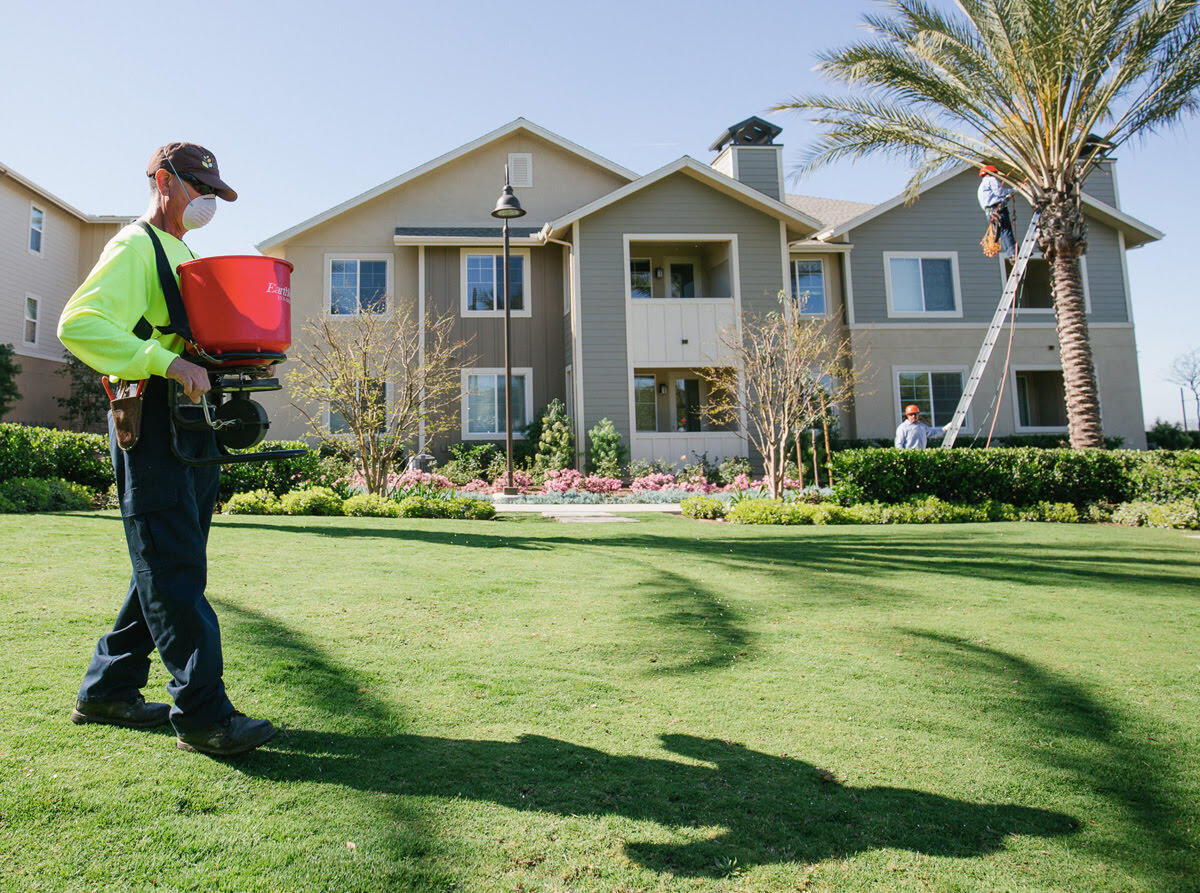

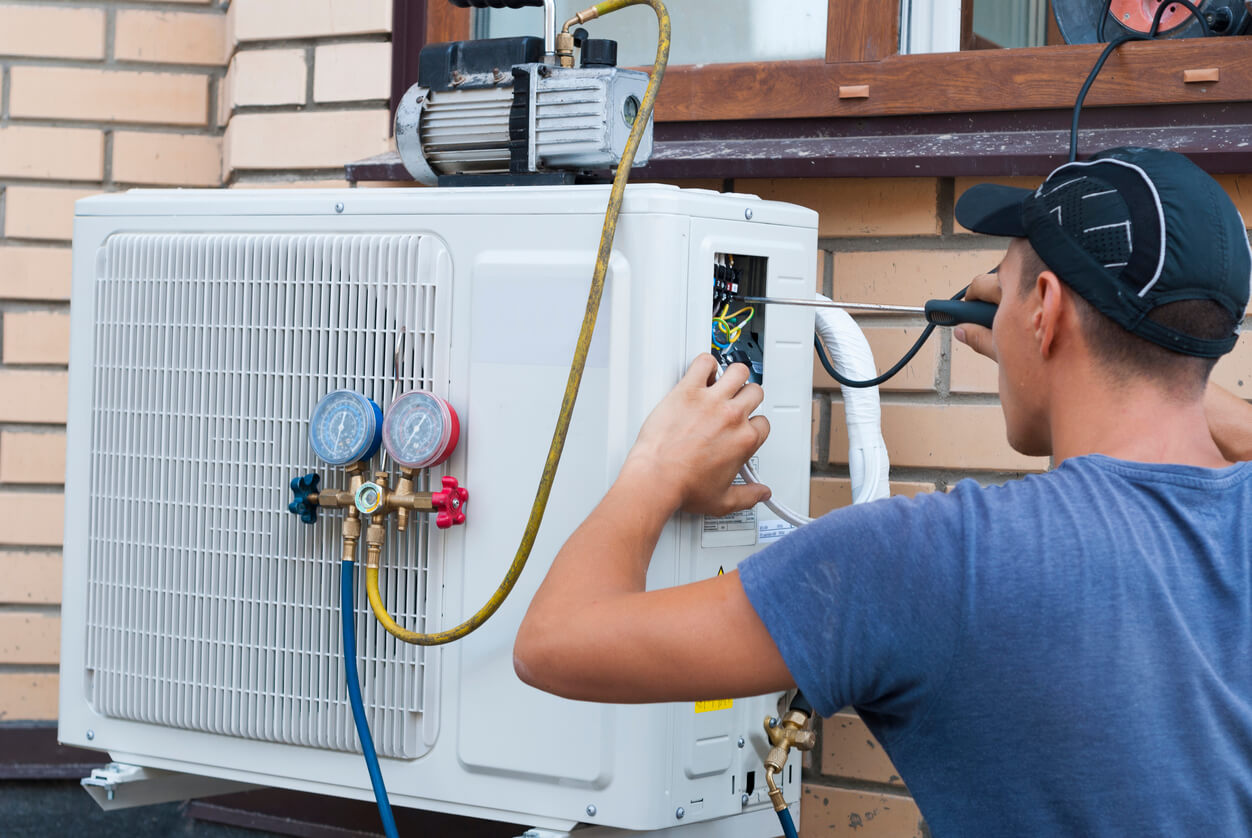
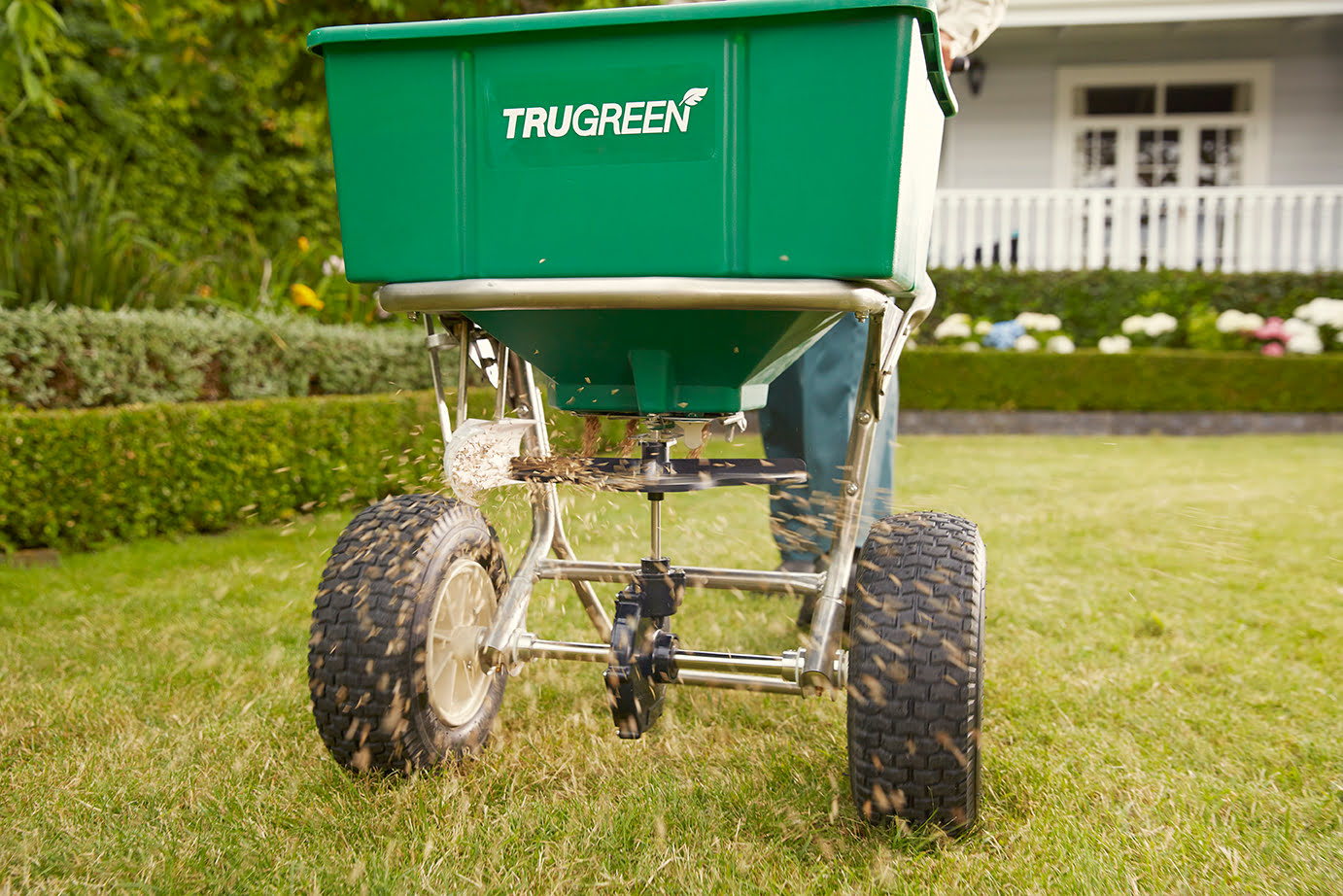
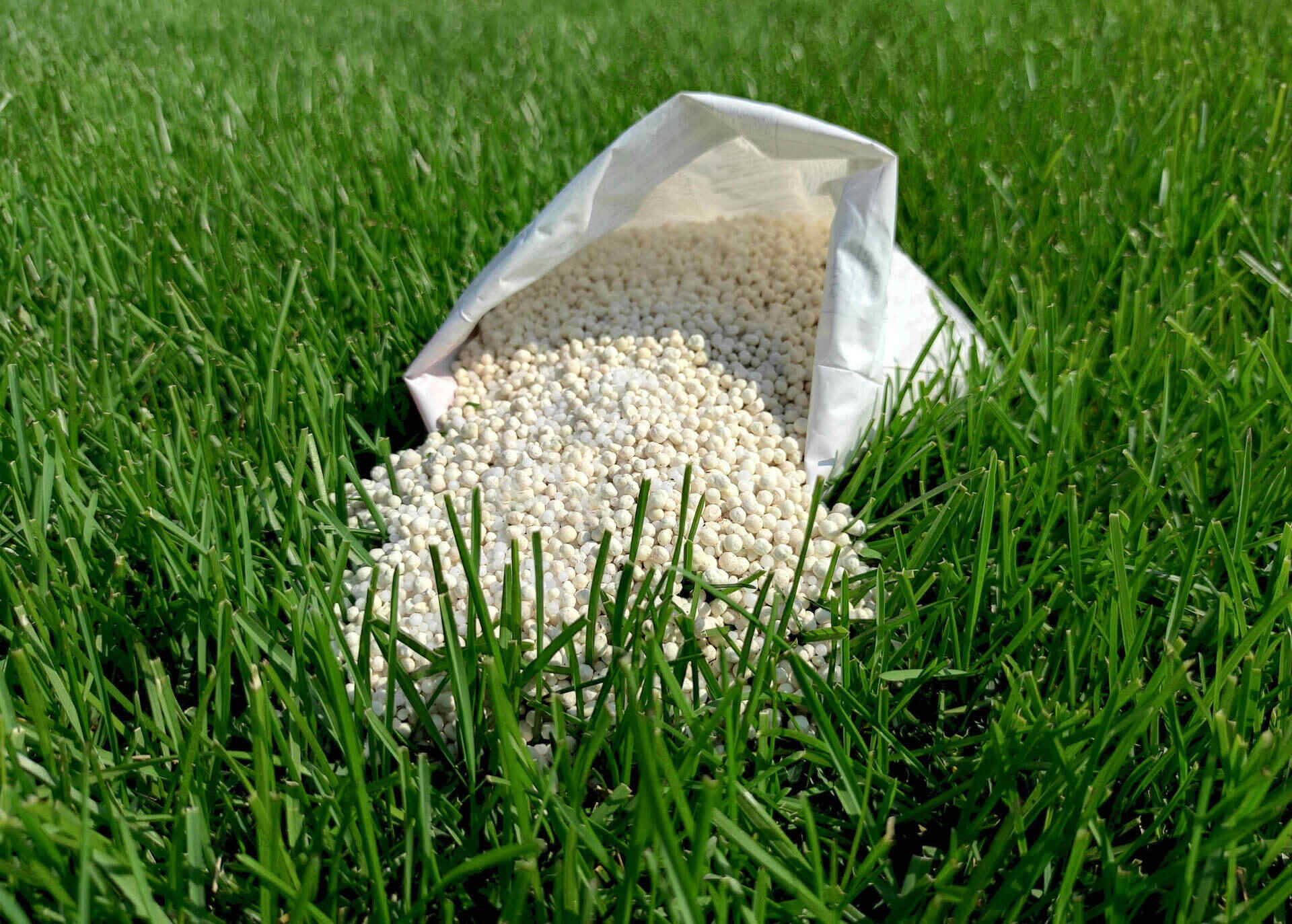
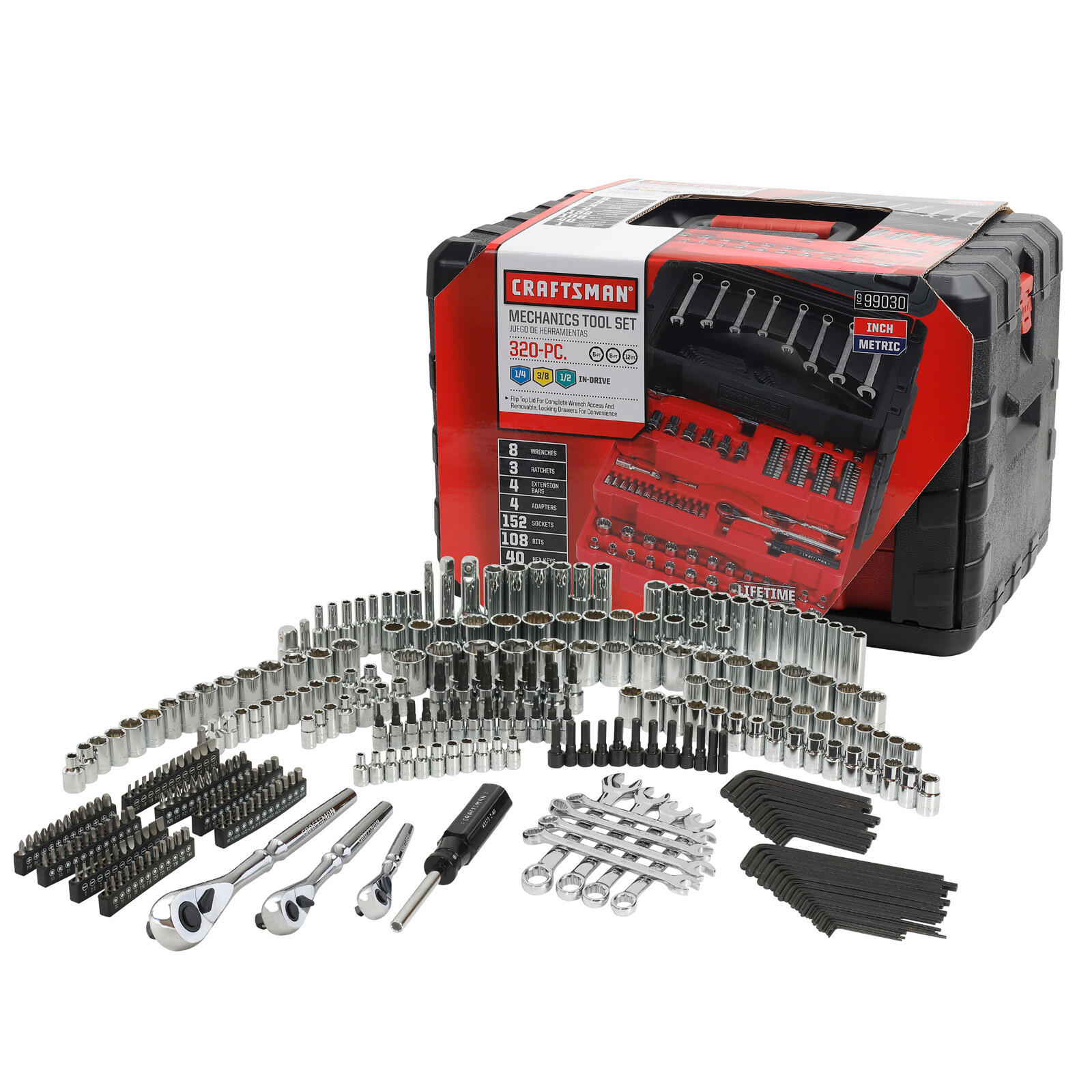
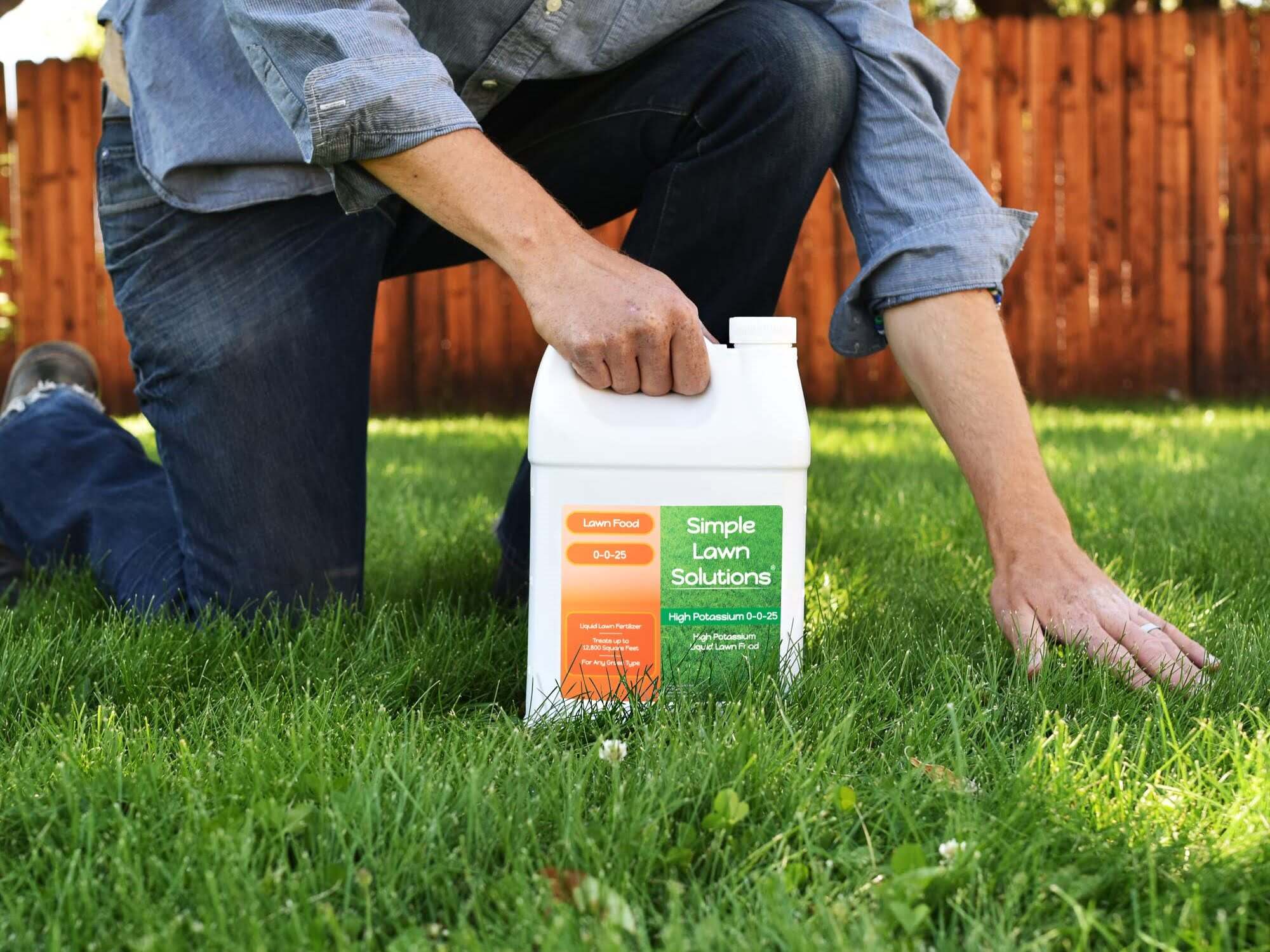
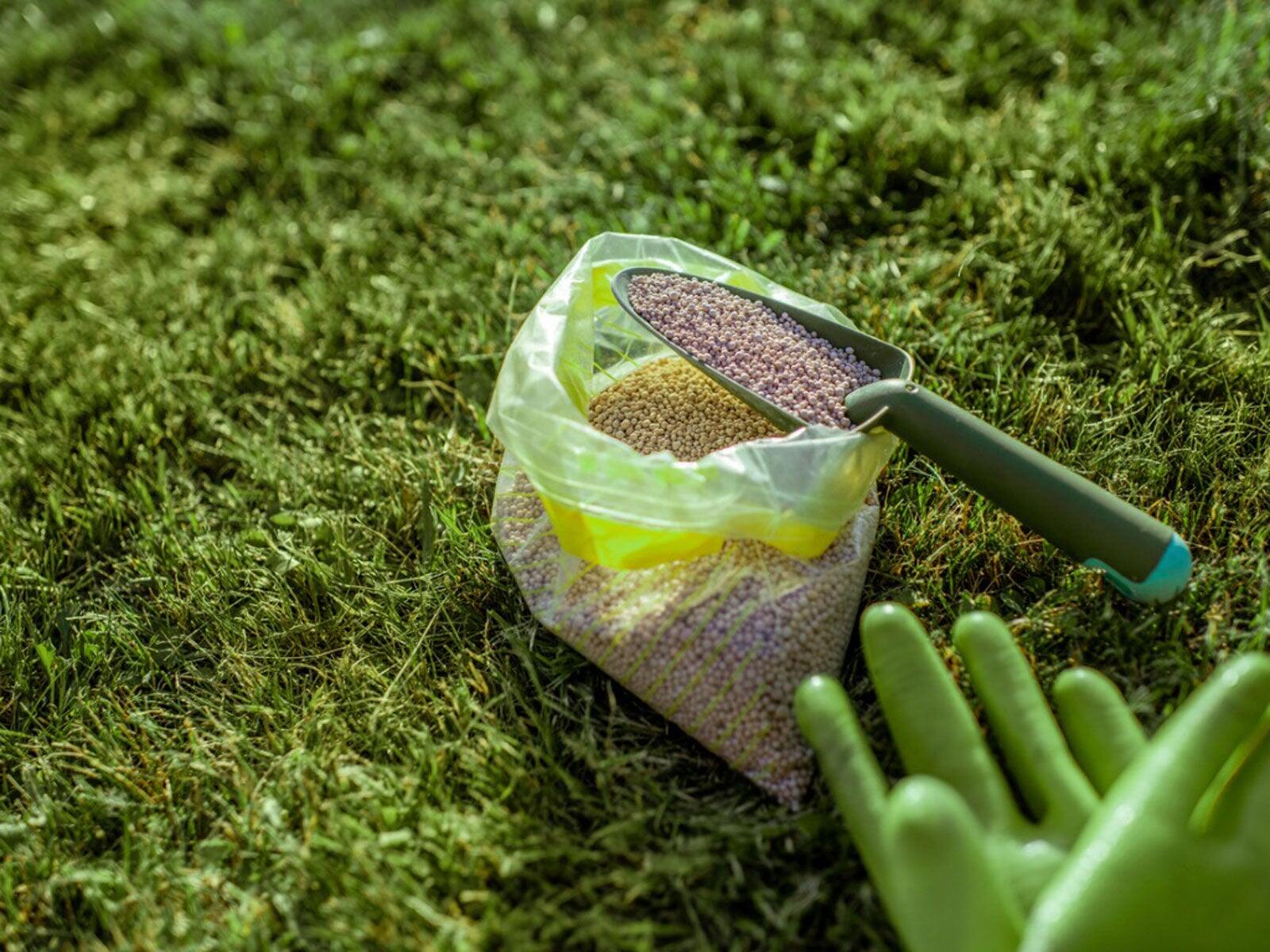
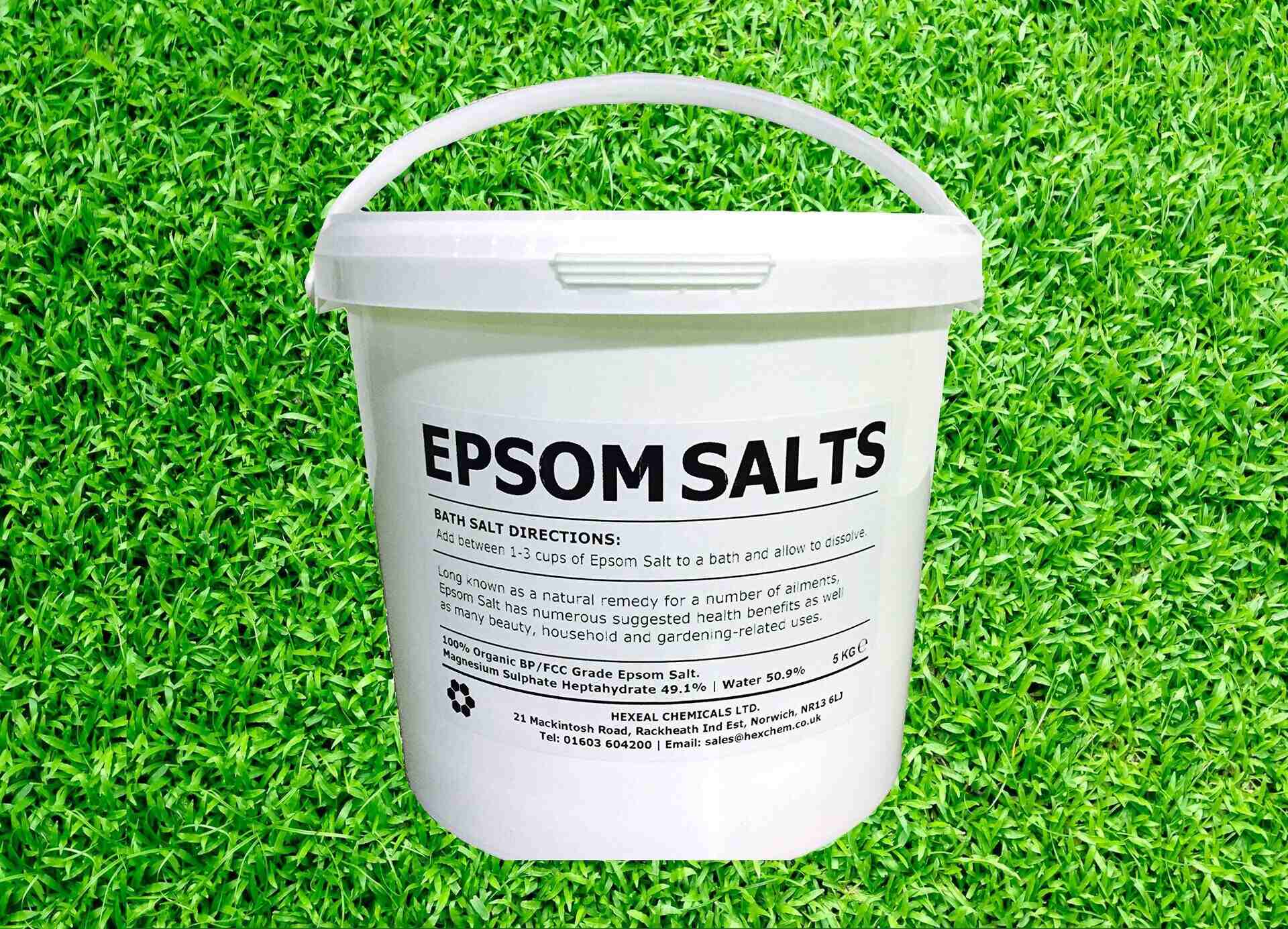
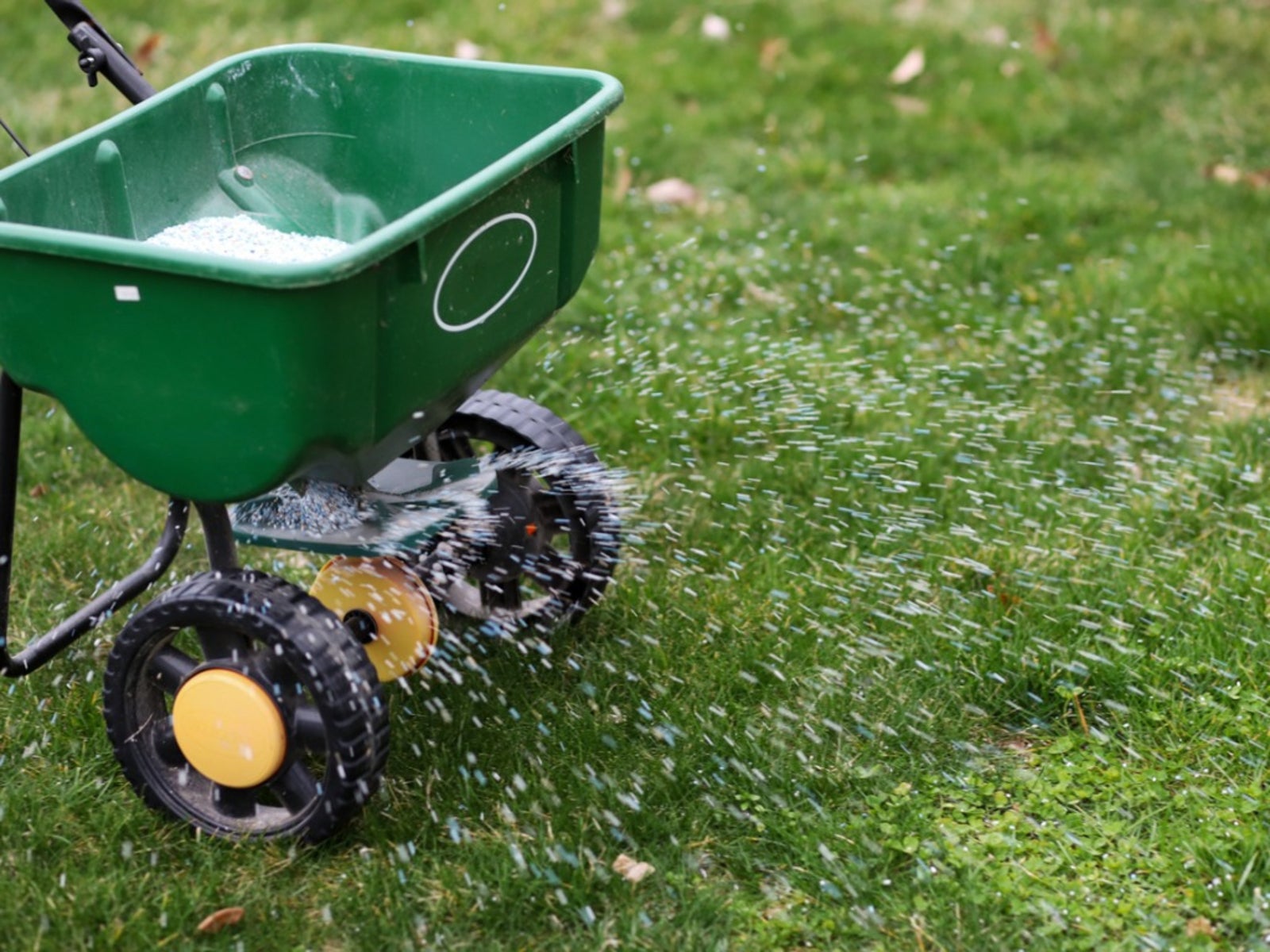


0 thoughts on “What Does Lawn Care Include”